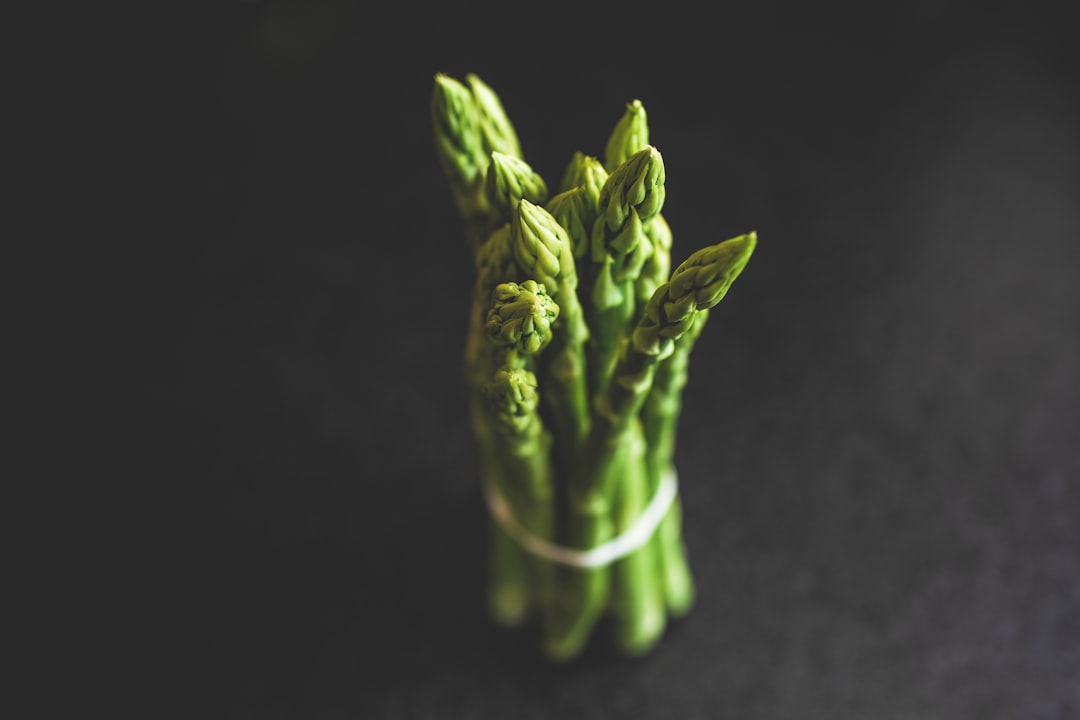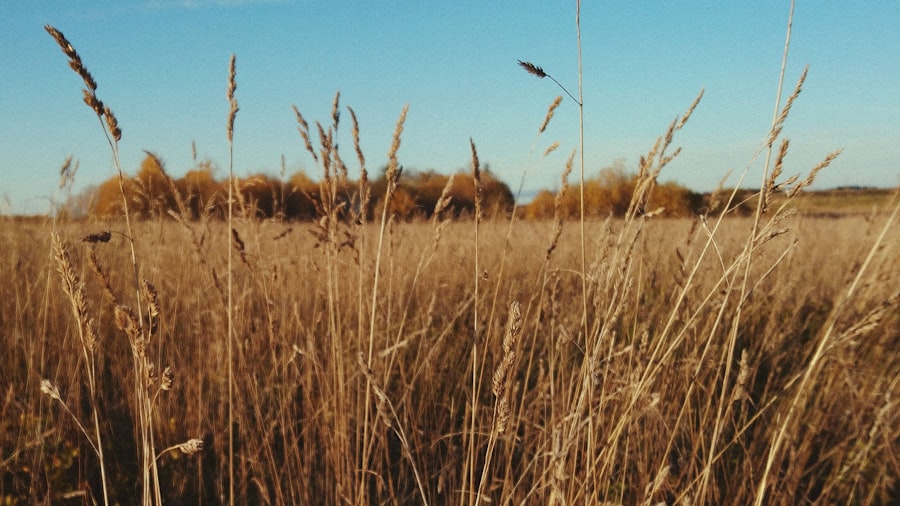Growing Asparagus: Time to Harvest

Asparagus is a popular vegetable that is known for its unique flavor and nutritional benefits. Harvesting asparagus at the right time is crucial to ensure the best taste and quality. Asparagus harvesting involves carefully cutting the spears from the plant without damaging the crown or the surrounding foliage. This article will provide a comprehensive guide to asparagus harvesting, including the ideal harvest time, techniques for harvesting, tools required, and tips for efficient harvesting.
Key Takeaways
- Asparagus should be harvested when the spears are 6-8 inches tall and before the tips start to open.
- The ideal time to harvest asparagus is in the morning when the spears are firm and crisp.
- To determine the ideal harvest time, check the thickness of the spears and the color of the tips.
- Before harvesting, prepare the soil by removing weeds and debris and adding fertilizer.
- Tools required for asparagus harvesting include a sharp knife or scissors, gloves, and a basket or container.
When is the Right Time to Harvest Asparagus?
The ideal time to harvest asparagus depends on several factors, including the age of the plant, weather conditions, and personal preference. Asparagus plants typically take two to three years to establish before they can be harvested. During this establishment period, it is important to resist the temptation to harvest any spears and allow them to grow into mature plants.
Once the asparagus plants have established, they can be harvested in subsequent years. The harvest season usually lasts for about six to eight weeks in the spring, depending on the climate. The best time to start harvesting is when the spears reach a height of 6-8 inches and have a diameter of about ½ inch. Harvesting too early can result in thin and woody spears, while waiting too long can lead to tough and fibrous spears.
How to Determine the Ideal Harvest Time for Asparagus?
There are several visual cues that can help determine the readiness of asparagus spears for harvest. Look for tightly closed tips and firm spears that are straight and not curved or twisted. The color of the spears should be vibrant green with no signs of yellowing or browning.
Another way to test the readiness of asparagus spears is by gently bending them near the base. If they snap easily, it indicates that they are ready for harvest. If they bend without breaking, it means they are not yet mature and should be left to grow for a few more days before harvesting.
Preparing for Asparagus Harvesting
| Task | Duration | Cost |
|---|---|---|
| Soil preparation | 2 weeks | 500 |
| Planting asparagus crowns | 1 day | 100 |
| Installing irrigation system | 3 days | 800 |
| Applying fertilizer | 1 day | 50 |
| Harvesting asparagus | 6 weeks | 2000 |
Before starting the asparagus harvest, it is important to clear the asparagus bed of any weeds or debris. Weeds can compete with the asparagus plants for nutrients and water, so it is essential to keep the bed clean and weed-free. Use a garden fork or a hand trowel to carefully remove any weeds without disturbing the asparagus crowns.
In addition to clearing the bed, it is also important to prepare the necessary tools for harvesting. The main tool required for asparagus harvesting is a sharp knife or a pair of garden shears. Make sure the blade is clean and sharp to ensure clean cuts and minimize damage to the plants.
Tools Required for Asparagus Harvesting
The essential tools for asparagus harvesting include a sharp knife or garden shears, a bucket or a basket for collecting the harvested spears, and gloves to protect your hands from thorns or prickles. It is also helpful to have a kneeling pad or a small stool to provide comfort while working in the garden.
After each use, clean the tools thoroughly and dry them before storing them in a dry place. This will help prevent rusting and ensure that the tools remain in good condition for future use.
Techniques for Harvesting Asparagus

To harvest asparagus, start by identifying the mature spears that are ready for harvest. Look for spears that are at least 6-8 inches tall with tightly closed tips. Using a sharp knife or garden shears, cut the spear at ground level, just below the soil surface.
When cutting the spear, make sure to angle the blade away from the crown to avoid damaging it. Cut each spear individually, rather than pulling or twisting them, as this can cause damage to the crown and surrounding foliage.
Harvesting Asparagus without Damaging the Plants
To harvest asparagus without harming the plants, it is important to be gentle and careful during the process. Avoid stepping on the asparagus bed or leaning on the plants, as this can damage the delicate crowns and roots.
When cutting the spears, make sure to leave a small stub above the ground to prevent any dirt or debris from entering the crown. This stub will eventually dry up and fall off on its own.
Tips for Efficient Asparagus Harvesting
To maximize yield and minimize waste during asparagus harvesting, there are several strategies that can be employed. One strategy is to harvest the spears every day or every other day, as they can grow rapidly during the peak season. This ensures that no spears become overgrown and tough.
Another tip is to harvest the spears in the morning when they are at their freshest and most flavorful. The cool morning temperatures help preserve the quality of the harvested spears.
For large-scale harvesting, it can be helpful to have multiple people working together to speed up the process. Assign one person to cut the spears, while another person collects them in a basket or a bucket.
Storing Harvested Asparagus
After harvesting, it is important to store the asparagus properly to maintain its freshness and flavor. The best way to store asparagus is by placing the spears upright in a container with about an inch of water. Cover the container loosely with a plastic bag and store it in the refrigerator.
Alternatively, you can wrap the spears in a damp paper towel and place them in a plastic bag before storing them in the refrigerator. This helps prevent moisture loss and keeps the asparagus fresh for longer.
Common Mistakes to Avoid While Harvesting Asparagus
There are several common mistakes that gardeners and farmers make during asparagus harvesting. One common mistake is harvesting too early or too late, resulting in poor quality spears. It is important to closely monitor the growth of the spears and harvest them at the right time.
Another mistake is cutting the spears too close to the crown, which can damage the plant and reduce future yields. Make sure to leave a small stub above the ground when cutting the spears to protect the crown.
Asparagus harvesting is a delicate process that requires careful attention to detail. Harvesting at the right time ensures the best taste and quality of the spears. By following the guidelines outlined in this article, gardeners and farmers can successfully harvest asparagus without damaging the plants and maximize their yield. Asparagus is a versatile vegetable that can be enjoyed in a variety of dishes, and with proper harvesting techniques, it can be a rewarding addition to any garden or farm.
If you’re curious about how long it takes for asparagus to grow, you might find this article on Lawn World quite informative. They have a comprehensive guide on growing asparagus, including the time it takes for this delicious vegetable to reach maturity. Check out their website for more gardening tips and tricks.
FAQs
What is the average time it takes for asparagus to grow?
Asparagus typically takes 2-3 years to establish and produce a full harvest.
What is the ideal temperature for asparagus to grow?
Asparagus grows best in temperatures between 60-85°F (15-29°C).
What type of soil is best for growing asparagus?
Asparagus grows best in well-drained soil with a pH between 6.5-7.5.
How often should asparagus be watered?
Asparagus should be watered deeply once a week, or more frequently during hot and dry weather.
When is the best time to plant asparagus?
The best time to plant asparagus is in the spring, as soon as the soil can be worked.
How long does it take for asparagus to sprout?
Asparagus typically sprouts within 2-3 weeks after planting.
How long does the asparagus harvesting season last?
The asparagus harvesting season typically lasts 6-8 weeks, from late April to early June.
How long can asparagus plants continue to produce?
Asparagus plants can continue to produce for up to 20 years, with proper care and maintenance.



